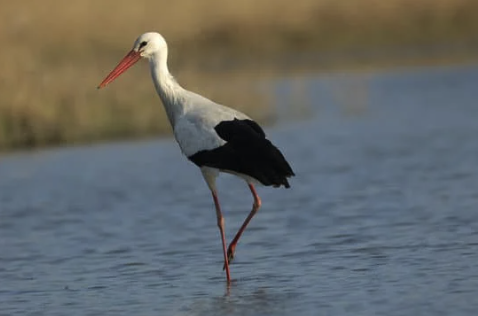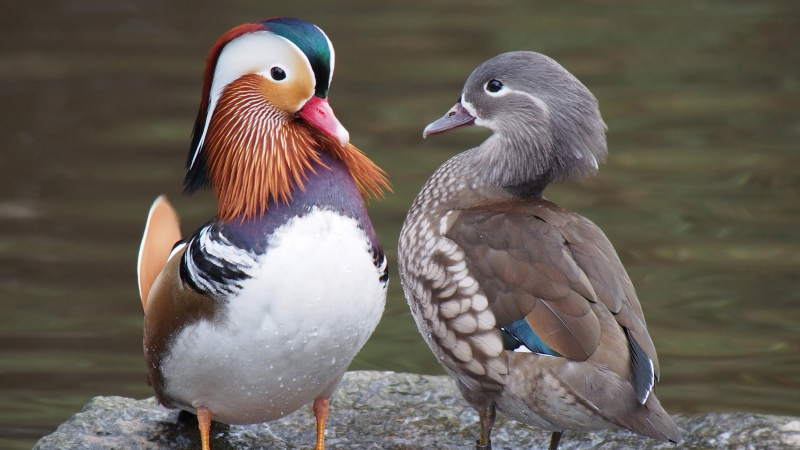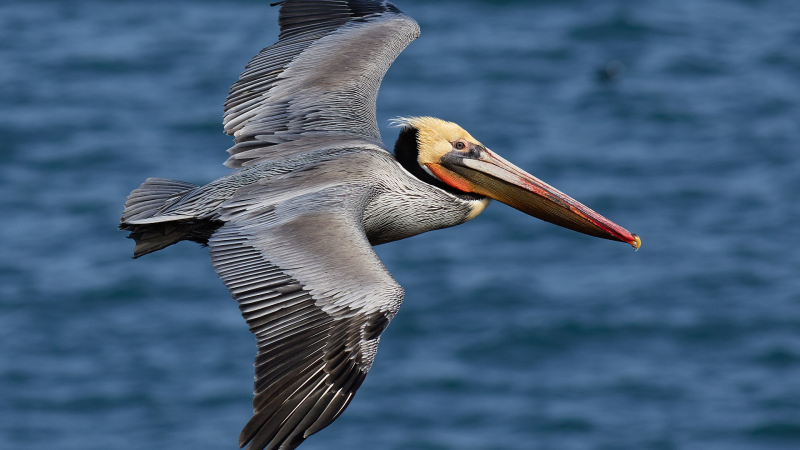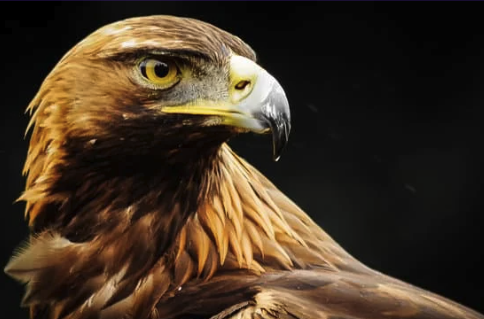Storks on British Shores: The Big Beak Comeback!

Once upon a time, not so long ago (okay, quite a long time ago – about 600 years!), the stork was a regular feature of the British countryside. These long-legged, slightly goofy-looking birds were part of our natural heritage. But then came centuries of habitat loss, hunting, and changes in farming – and the storks vanished from UK skies.
Fast forward to the 21st century, and guess what? The storks are back. And not just as a tourist on a layover from Europe. Thanks to a bold rewilding project in South East England, spearheaded by conservationist and author Isabella Tree and the team at the Knepp Estate in Sussex, the white stork is now strutting its stuff across British fields once more.

Knepp: More Than Just a Rewilding Dream
If you haven’t heard of Knepp, it’s a magical slice of English countryside where fences are few, wildlife is wild, and nature is boss. Formerly an intensively farmed estate, Knepp has transformed over the last 20 years into a patchwork of scrub, woodland, and wetland teeming with life – from nightingales to tamworth pigs. And now… storks.
The White Stork Project began there in 2016 with the aim of establishing a self-sustaining breeding population in southern England. Storks were brought over from carefully selected sources in Europe, settled into roomy aviaries, and, once they’d had time to adapt, were released into the wild. And in 2020, something truly historic happened: the first wild stork chicks were hatched on British soil since the 1400s. That’s right – Henry VIII was still in nappies last time this happened!

Why Storks?
You might wonder why we need storks in Britain. After all, aren’t pigeons and seagulls enough?
Well, storks are not just charismatic – they’re part of a healthy, functioning ecosystem. These opportunistic feeders eat everything from insects and amphibians to small mammals, helping to control pest populations naturally. Plus, they’re just awesome to watch – soaring on thermal updrafts with those enormous wings, or clattering their beaks like they’re applauding their own comeback tour.
And let’s not forget the magic. Storks are steeped in mythology – from bringing babies (as every schoolchild once believed) to being symbols of luck and renewal across cultures. Their return to the UK feels like a sign of hope, a living metaphor for how damaged landscapes can be restored and made wild again.
Spotting Storks Today
If you’re heading to Sussex, you’ve got a good chance of spotting one of these elegant birds nesting on chimneys or gliding over the Knepp wildlands. The project is also expanding to other areas, including the Cotswolds, so who knows? Maybe a stork will one day nest near you.
And yes, they are very big. A full-grown white stork stands over a metre tall with a wingspan approaching two metres. When they fly overhead, it’s like a small glider passing by. Just with legs.
A Story Worth Clapping For
Reintroducing a species is never simple – it takes years of planning, community engagement, and patience. But the return of the stork reminds us that positive environmental stories do exist. Amid all the gloom and doom, this is a tale with feathers and a happy ending.
So next time you’re out walking under the wide southern skies, keep your eyes peeled. You might just spot the silhouette of a stork cruising overhead, back from the brink and here to stay.





